Ambohimanga, located 30 km from the Madagascar capital city of Antananarivo (Tana), is the hill, which belonged to the Merina tribe and was a royal settlement. This place is probably the most significant symbol of Malagasy identity. The palace, built long before France colonized Madagascar, to this day serves as a sacred, nationalistic symbol. In the courtyard, in close proximity to the main gate, is a spiritually important place for the Malagasy people. Pilgrims come here to offer prayers and even sacrifice live animals. Sacrificed Zebu skulls and horns decorate the surroundings of an old fig tree.
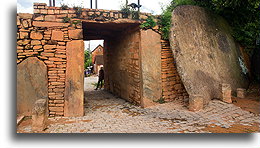
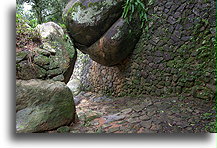
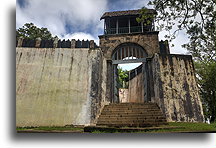
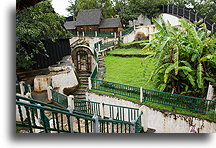
Inside the royal complex, buildings were built in different architectural styles. The oldest is a traditional wooden dwelling of the Central Highlands of Madagascar. The old royal palace is similar to ordinary Zafimaniry house. It is dark inside; tiny window openings have no glass. The five rectangular stones in the dirt floor mark the space for wood fire. The interior differs from the hut of ordinary people only in a fact that there are bunks. The Lord and his wife did not sleep on the floor like common people, but in the wooden bunks lined with hay. The king used to climb high up under the roof when guests were expected. This way he could hear what newcomers were saying, while remaining invisible. This maneuver was necessary because the rulers of the time constantly feared assassins. According to old customs, everyone entering the old palace is required to step in with the right foot. Exiting is more difficult, as it should be done backwards, starting with the left leg.
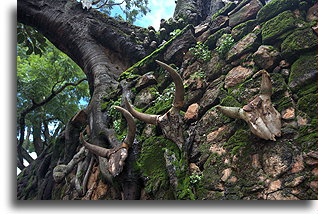
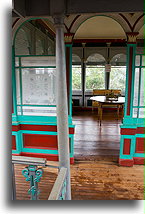
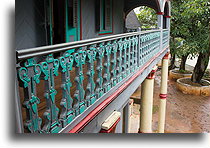
The complex contains two colorful pavilions from the second half of the 19th century. Built in a foreign style, filled with European furniture, and surrounded by glass windows, they seem as if they were transferred here from the another world. Directly on the hill above them are small wooden houses without windows and with soaring roofs. These are the royal tombs.
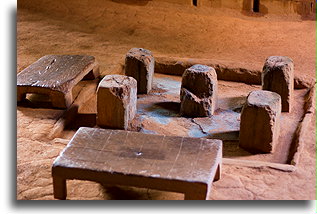
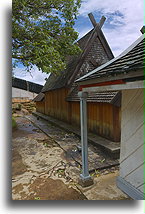
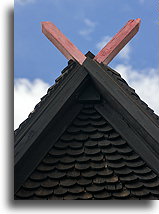
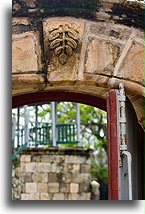
In the highest part of the royal complex, there are two large pools carved out of the rock. According to the tradition, during the New Year festival (based on the Muslim calendar), the monarch took his bath here. It was a ritual of purification, but in reality, it was the so-called big bath, which consisted of soaking the whole body once a year. On a daily basis, a small bath consisting only of washing hands, sometimes the face is a way of washing often practiced in Madagascar even today.

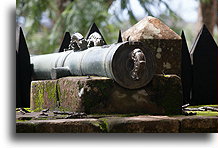
According to oral history, it is estimated that sixteen million eggs were used for whitewash that covers high walls in the main complex. It was a time when the consumption of eggs by the commoners was forbidden. The eggs were a form of payment for mandatory taxes. The walls preserved the white color to this day.




